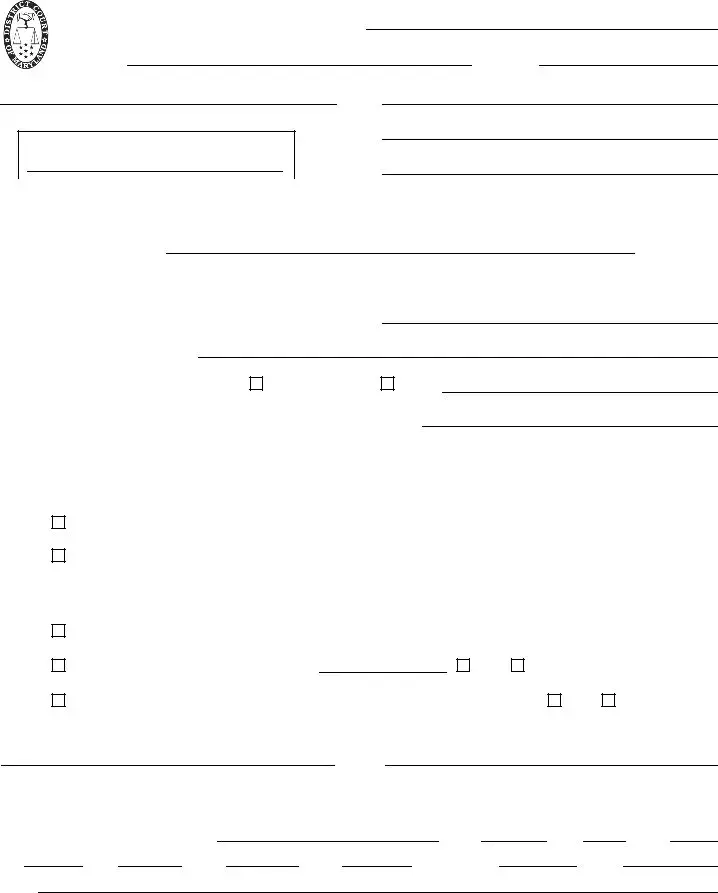The DC 5 Maryland form plays a pivotal role within the judicial system, being specifically utilized in cases of contempt across the District Court of Maryland. This form acts as a directive to any peace officer, instructing them to detain and bring an individual before a district court judge for failing to appear in court as previously required. Located within its structure are numerous fields detailing the specifics of the case, including the names of the plaintiff and defendant, case number, and the court's address, ensuring that all relevant information is succinctly captured. Moreover, it offers distinct instructions on how the detained individual is to be processed, whether they are to be held without bond, the bond amount if applicable, and whether collateral is necessary. Furthermore, it outlines the procedure should the individual be detained in a county different from where the order was issued, ensuring a clear protocol is followed. A detailed section for the description of the defendant enhances the ability of law enforcement to accurately identify the person. Finally, the form concludes with a section for the return of service, proving the execution of the attachment for contempt, solidifying its importance in maintaining the rule of law and court order compliance.

